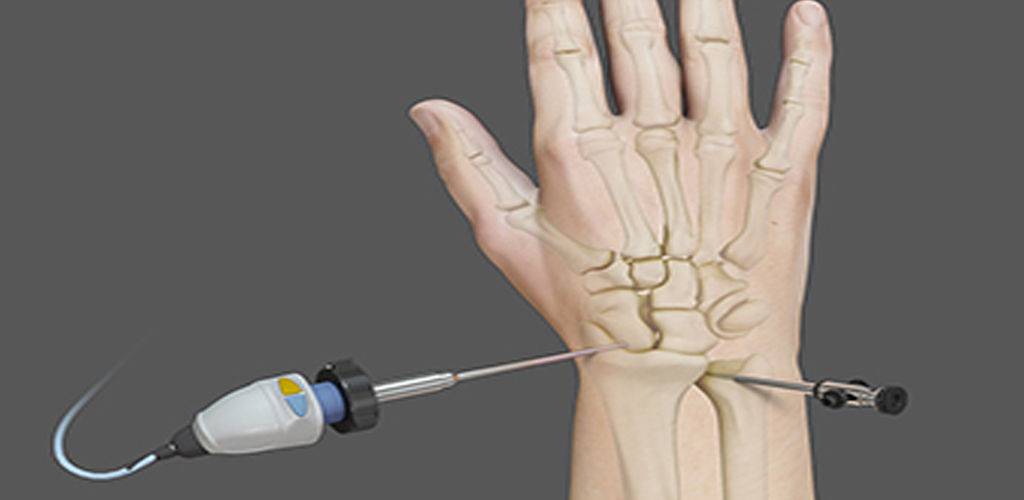Carpal Tunnel Syndrome: Compression of the median nerve in the wrist, leading to pain, numbness, and tingling in the hand.
.png)

Wrist conditions can significantly impact daily activities, and when conservative treatments are insufficient, surgical interventions may be considered. Wrist surgery, including wrist arthroscopy, is performed to address various wrist issues. Here, we explore common wrist conditions and the therapeutic options available:
Carpal Tunnel Syndrome: Compression of the median nerve in the wrist, leading to pain, numbness, and tingling in the hand.
Wrist Fractures: Breaks or cracks in the bones of the wrist, often resulting from trauma or falls.
Arthritis of the Wrist: Inflammation of the wrist joints, causing pain, swelling, and reduced range of motion.
When conservative treatments like medications and physical therapy do not provide adequate relief, surgical interventions may be recommended. Common wrist surgeries and arthroscopy therapies include:
Wrist Arthroscopy: A minimally invasive procedure using a small camera to visualize and treat various wrist conditions, such as ligament tears or inflammation.
Carpal Tunnel Release: Surgical cutting or releasing of the carpal ligament to relieve pressure on the median nerve and alleviate carpal tunnel symptoms.
Wrist Fusion: Joining bones in the wrist to eliminate motion and reduce pain, often performed for severe arthritis.
Recovery from wrist surgery and arthroscopy depends on the specific procedure performed. Following surgery, a rehabilitation program, including physical therapy and exercises, is often recommended to regain strength and functionality in the wrist.
If you are experiencing persistent wrist pain or have a known wrist condition, consult with an orthopedic specialist. A thorough evaluation will help determine the most appropriate treatment plan, whether it involves conservative measures, surgery, or arthroscopic intervention.